1. The Ancient Egyptians
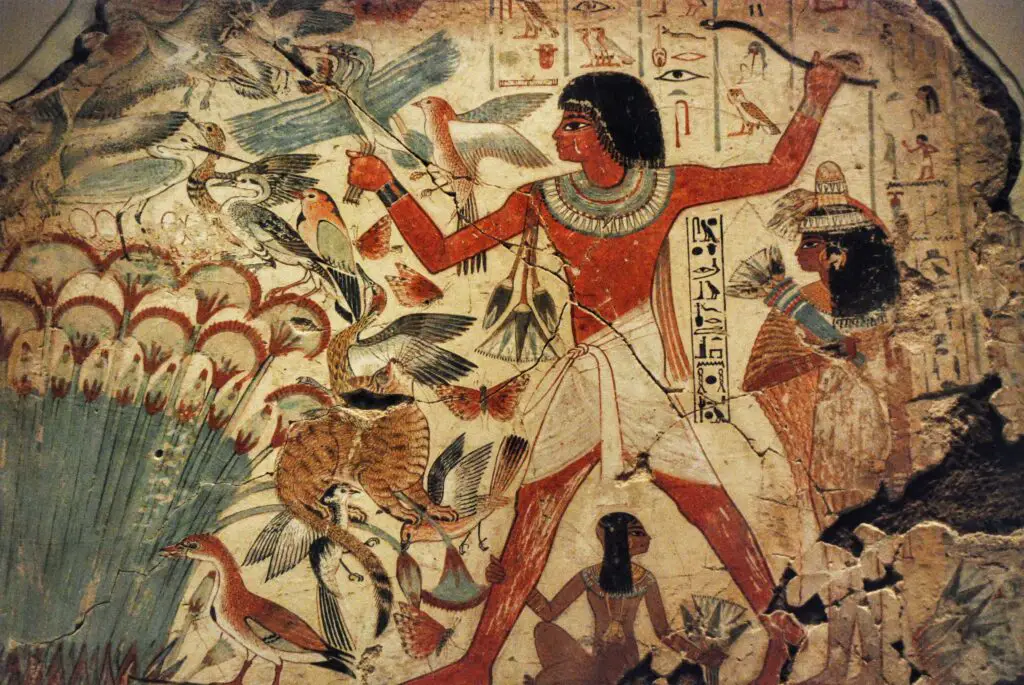
The Ancient Egyptians are famous for their monumental structures, like the pyramids, built without the sophisticated tools we have today. These massive stone monuments were constructed using basic tools like copper chisels and primitive ramps, with no iron or advanced machinery. Despite this, the Egyptians managed to build structures that still stand tall millennia later, like the Great Pyramid of Giza, which was the tallest man-made structure for over 3,800 years. The precision with which these structures were built is still a mystery to this day, and researchers continue to debate how such massive stones were transported and placed with such accuracy.
The Egyptians didn’t have cranes or complex scaffolding systems, yet they managed to construct the pyramids using simple tools and sheer manpower. The workers who built these structures were skilled in their craft, and their ingenuity is reflected in the lasting legacy they left behind. Historians believe that clever use of manpower, levers, and sledges helped them move these immense stones. Though we may never know all the details, the survival of these structures serves as a testament to their abilities.
2. The Inca Empire
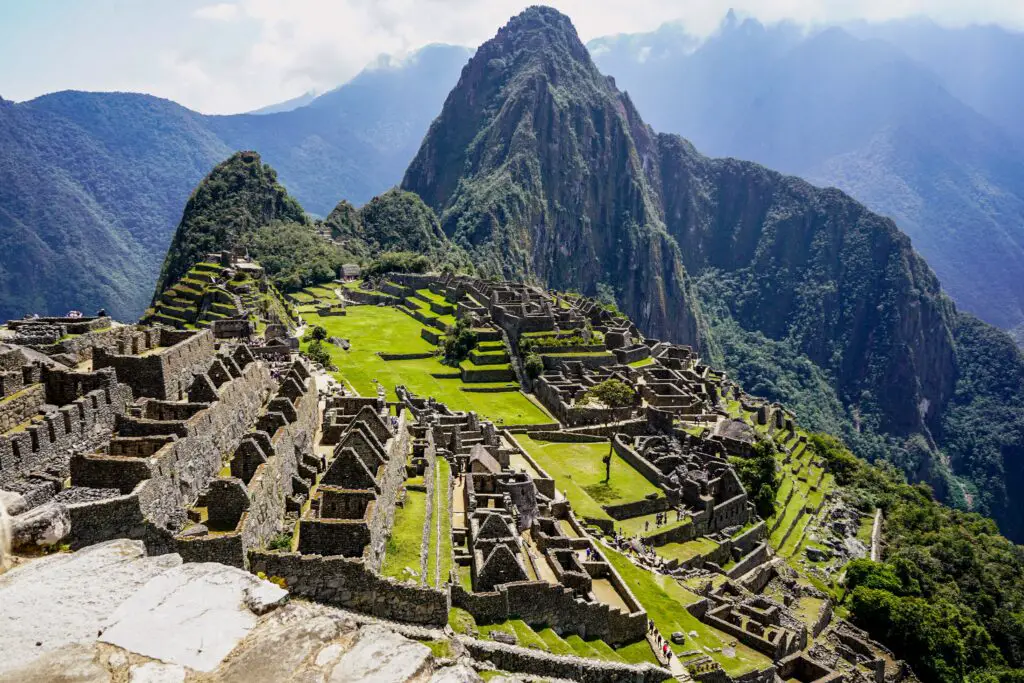
The Inca civilization, known for its advanced agricultural and engineering practices, left behind impressive stone structures, including Machu Picchu. The Incas built these structures without the use of iron tools or mortar, relying instead on finely cut stones that fit together so perfectly that not even a knife can fit between them. Their methods involved creating a perfect stone fit that made their buildings incredibly resilient to earthquakes, a feat that remains unmatched in many modern constructions.
Their secret lay in the precision of their stone-cutting techniques, which were so advanced that they didn’t need mortar to hold the stones together. The Incas didn’t use iron or steel tools but instead relied on simpler tools, such as bronze, copper, and stone hammers. The ability to create such stable, interlocking structures without modern tools still baffles engineers and architects today.
3. The Easter Islanders
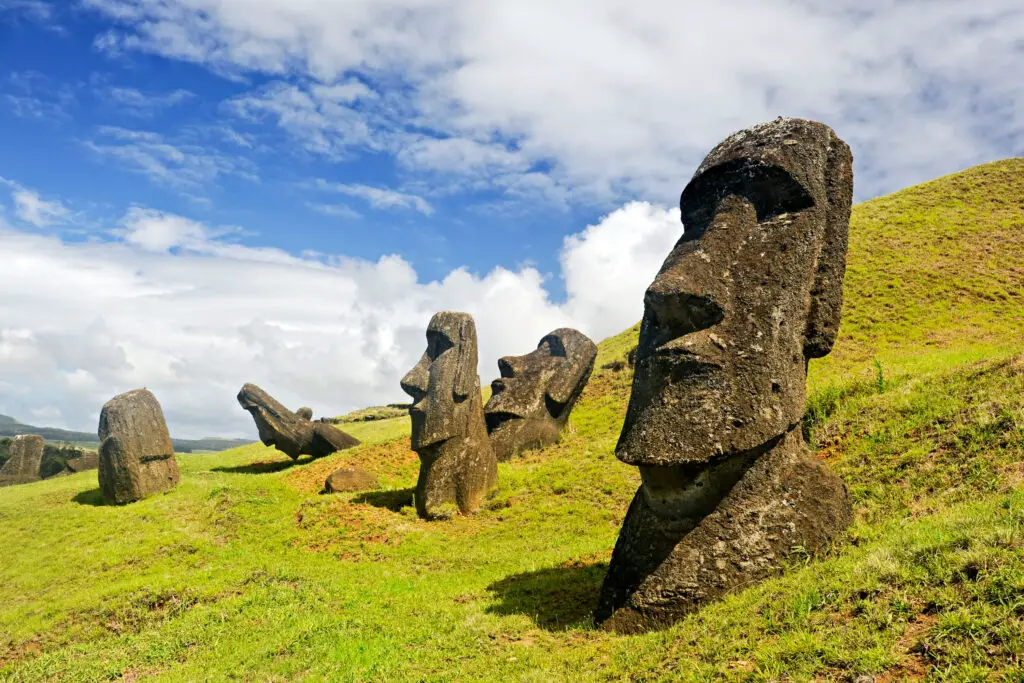
The Easter Island civilization, known for its Moai statues, built large stone structures and statues with no known tools. The Moai statues, which are famous for their oversized heads, were crafted from volcanic tuff and placed on large platforms called Ahu. What’s astounding is that the people of Easter Island didn’t have advanced tools, yet they carved and moved these massive stone figures, some weighing several tons, without the use of cranes or wheel-based transportation.
Researchers have long debated how the Easter Islanders could have created and transported these massive statues with only basic tools made from stone or bone. It’s believed they used a combination of ropes, manpower, and rudimentary levers to stand the statues upright and transport them across the island. Despite not having the tools that we would consider necessary today, the Moai remain one of the most enigmatic and awe-inspiring archaeological achievements.
4. The Ancient Maya
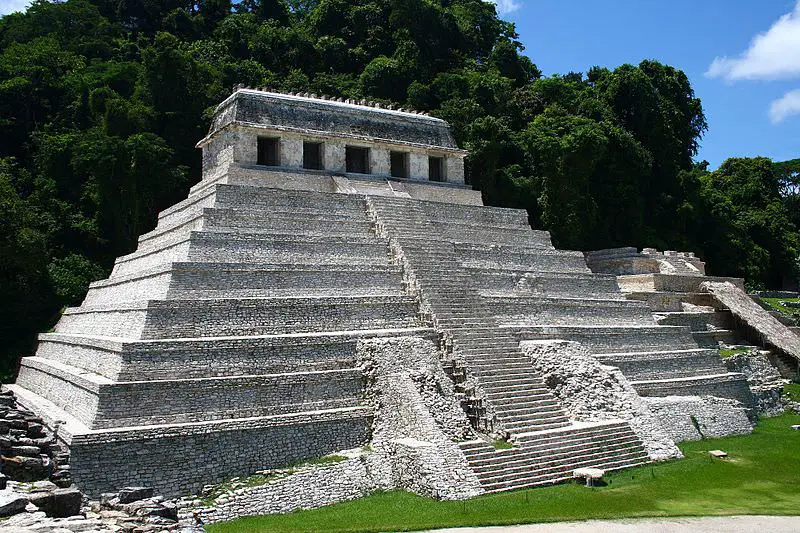
The ancient Maya civilization built impressive structures like the pyramids, palaces, and observatories across present-day Mexico and Central America. The Maya didn’t have the advanced tools we would associate with such projects, yet they were able to create precise and lasting structures. Much of their construction was done with tools made from stone, bone, and obsidian. Despite this, their buildings are renowned for their complexity and alignment with astronomical events.
The Maya civilization demonstrated remarkable architectural skills, especially in their use of stepped pyramids, ball courts, and grand palaces. They worked without iron tools or machinery, relying on the careful arrangement of stone blocks to create structures that could withstand time and the environment. These buildings not only served as temples and ceremonial centers but also as symbols of the Maya’s deep understanding of astronomy and the cosmos.
5. The Ancient Chinese
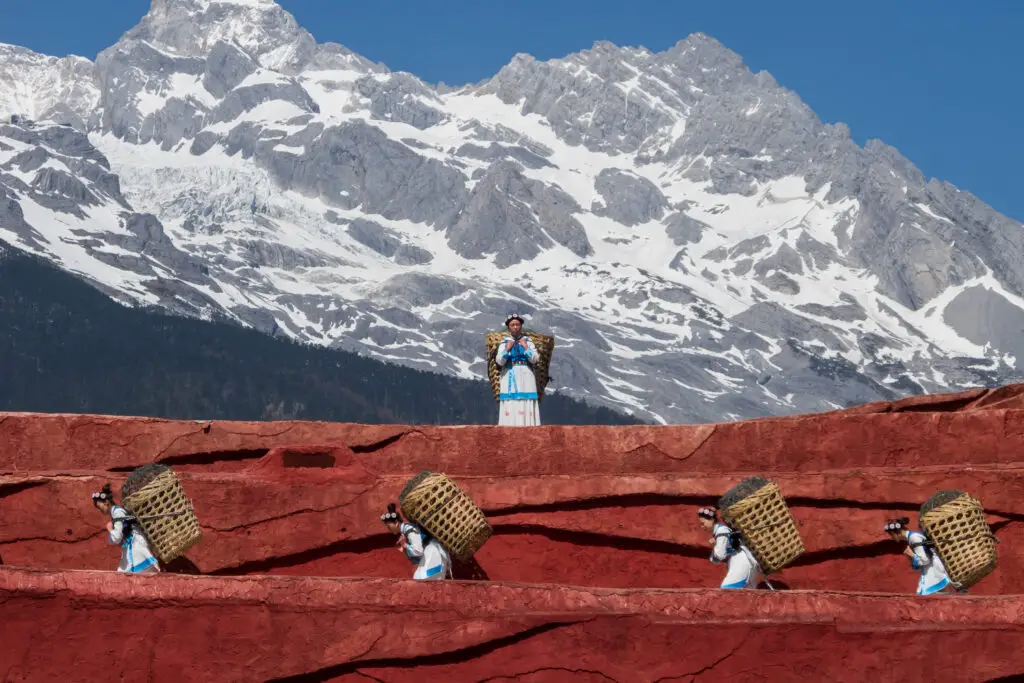
The ancient Chinese built some of the world’s most iconic structures, including the Great Wall, with limited tools. The Great Wall was constructed over several dynasties, and during its early phases, workers used rudimentary tools like wooden spades, shovels, and simple hammers. The massive wall, which stretches across thousands of miles, was built primarily by hand and carried out by laborers who worked in harsh conditions without advanced machinery.
Much of the Great Wall’s construction involved the use of natural materials like wood, stone, and earth, which were transported by manual labor. The builders used basic scaffolding and ramps to elevate materials, and the wall’s massive size, built without modern tools, stands as a tribute to the labor and ingenuity of the ancient Chinese. It’s a true marvel that such a colossal structure could be built without the advanced equipment we might assume would be necessary.
6. The Nabateans
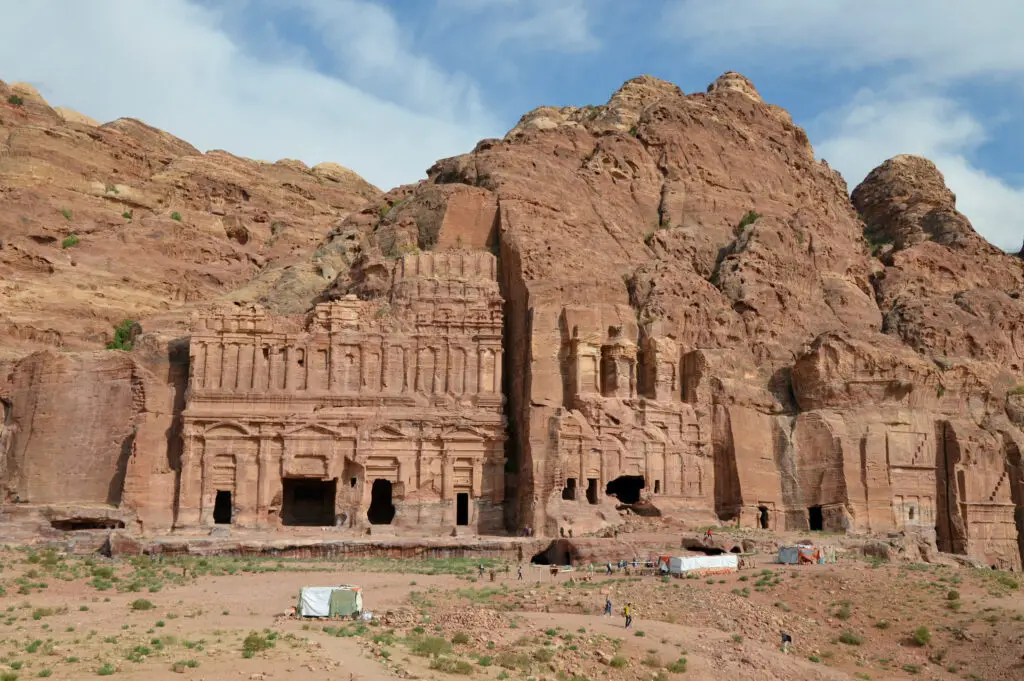
The Nabateans, an ancient Arab people, were masters of creating complex water systems and rock-cut architecture. Their most famous site, Petra, in modern-day Jordan, is carved into the sandstone cliffs, showcasing their ability to work with stone using only rudimentary tools. These structures include temples, tombs, and water channels, all of which were chiseled by hand from the rock. Despite their lack of advanced technology, the Nabateans used their resourcefulness to thrive in a desert environment.
One of the most impressive features of Petra is its intricate water system, which the Nabateans engineered without the benefit of advanced tools. They carved channels and reservoirs directly into the rock, allowing them to control water flow in an arid landscape. Their ability to shape such an elaborate city and water system without modern equipment is a testament to their innovative spirit and skill.
